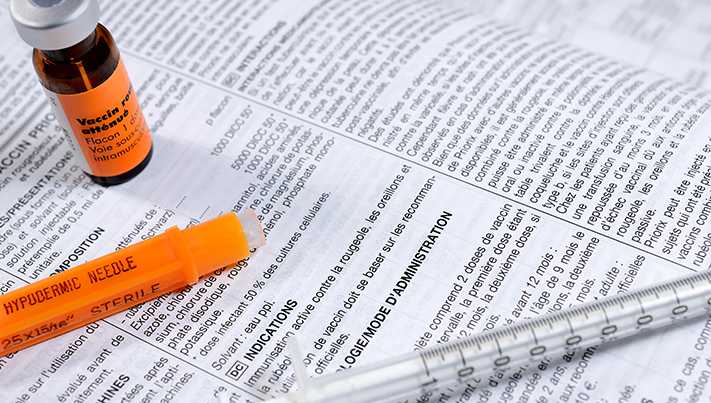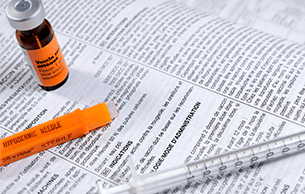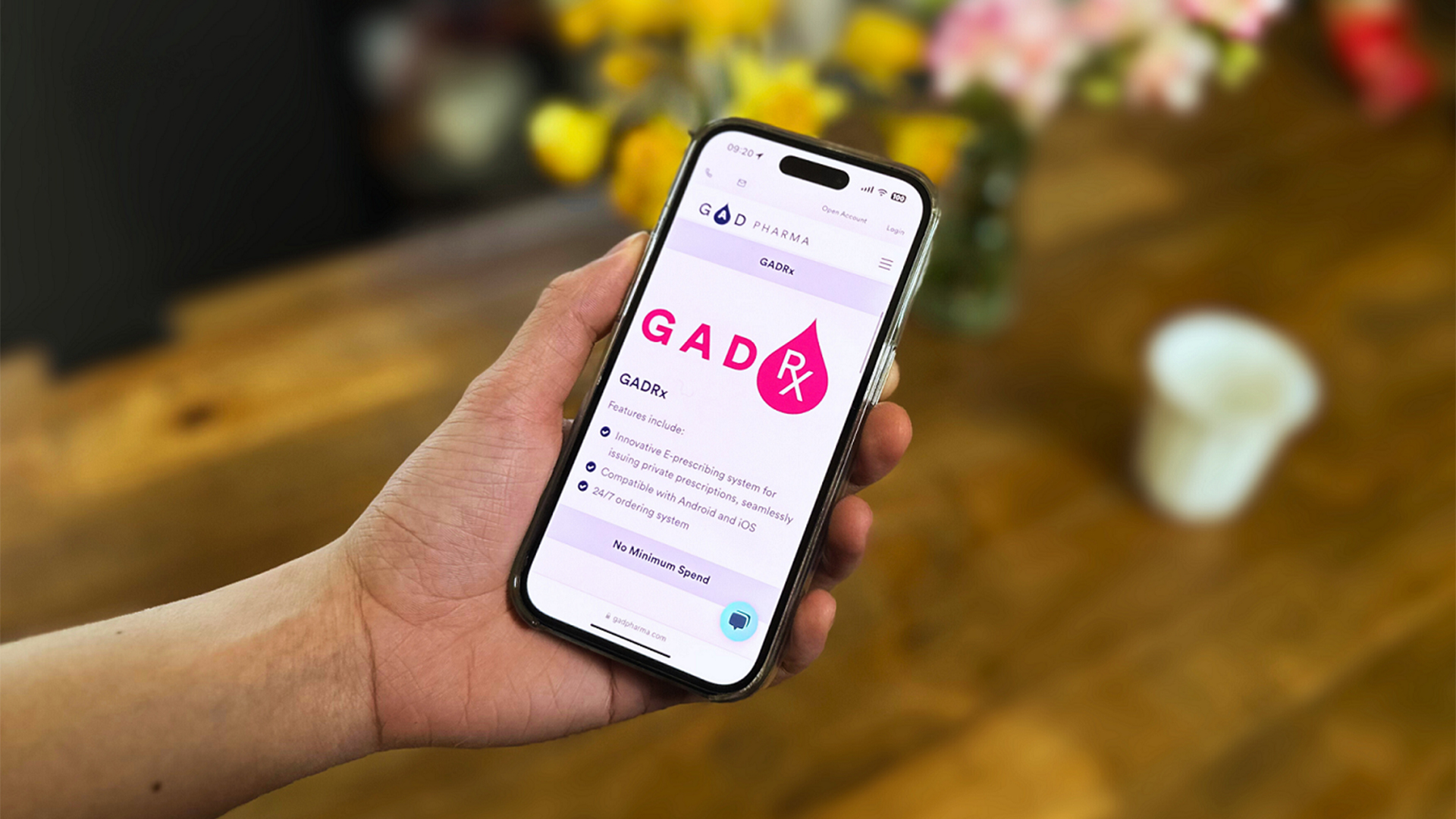By Bill Fox, VP of Healthcare and Life Sciences, MarkLogic

According to Harvard University’s Edmond J. Safra Center for Ethics, up to 200,000 deaths per year in Europe are attributed to adverse drug reactions. This puts a strong emphasis on the need for more effective drug safety precautions and processes ‘ pharmacovigilance ‘ with an aim of safer medicines for everyone. This is not a new concept, but with the multitude of modern health data sources, both the task and opportunity become more complex. Detecting adverse events arising from patients’ use of medicines in the real world can be done better than ever before, but it’s tougher than it sounds.
Integrating Pharmacovigilance Data
Achieving optimal drug safety requires the ability to ingest and understand signals originating from a broad range of data sources, from clinical trials all the way through to the post-marketing drug lifecycle. This drug safety data can be structured, unstructured, or multi-structured and stems from a variety of communications including email, published literature, websites, and social media. Historically, the volume and variability of pharmacovigilance data has made capturing, organising, and integrating it a significant challenge for pharmaceutical companies. Traditional relational database (RDBMS) technologies for integrating and harmonising health and drug safety data involve too much manual processing to efficiently support this, due to the labor intensive and non-agile process of transforming data that relational technologies require.
Another popular data solution is the data lake in which all data is moved from disparate silos into one system, usually a Hadoop system. But what many have found is that their data lake lacks the governance, security and consistency required for a highly regulated application like pharmacovigilance. An agile solution that provides both multi-model support to deal with all data formats and sources ‘ eliminating the ETL process ‘ along with a way to curate and govern the data to accelerate insight, is what is needed.
Use Semantics and AI for Faster Time to Insight
Aside from the above requirements of an effective pharmacovigilance solution, a way to find complex connections between disparate data is also necessary. Semantic technology provides game changing flexibility for modeling relationships. This brings context and meaning to the diverse data set. To ensure thorough drug safety surveillance, using a semantic engine is a must.
The massive volume and velocity of data being feed into the pharmacovigilance function can make achieving useful insights like finding a needle in a haystack. While Artificial Intelligence (AI) and machine learning would seem to be useful in this scenario, AI requires highly-curated, accurate data to achieve success. This is a foundational benefit to the data hub approach.
A Faster, Agile Approach to Data Integration
Pharmaceutical companies need to find the fastest path to a complete view of data from every source, department and operation. A data hub approach supports drug-safety surveillance by quickly bringing together all of an organisation’s data, reducing fragmentation and reliability issues, and accelerating the detection and reporting of adverse events. With an agile data hub, pharmacovigilance teams are empowered with ready access to drug safety information’leading to critical insights that can potentially save thousands of lives.

















